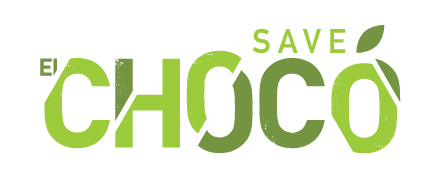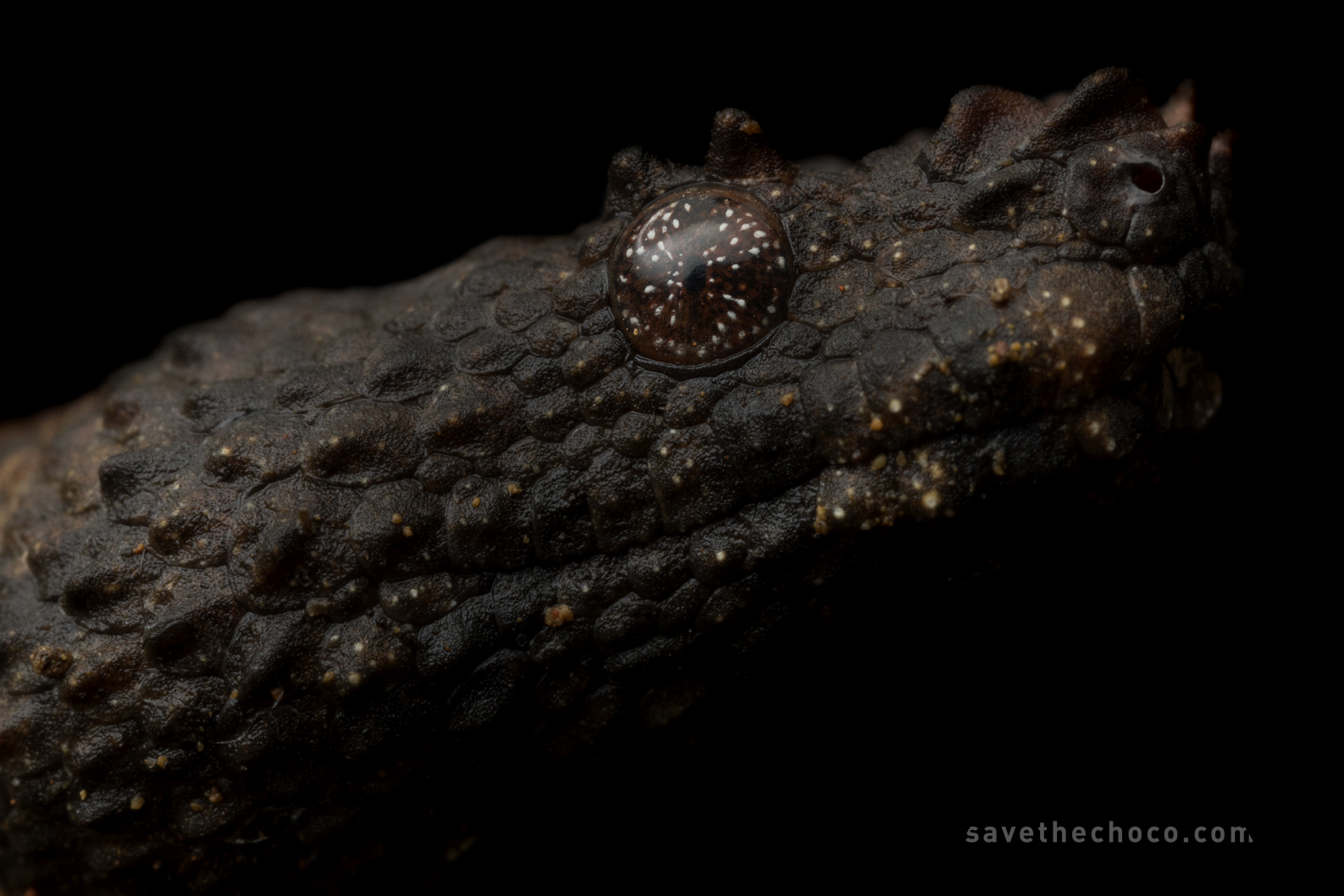Trachyboa boulengeri Photo by James H. Muchmore Jr.
A recent biological survey of Jocotoco's Rio Canandé Reserve has unveiled many new species of reptiles and amphibians never before documented on the reserve. These new findings make the reserve “the most herpetologically diverse area in the world outside of the Amazon" says Rainforest Trust who supported the expeditions. It is also another example of why we must work to protect what is left. Great work by Fundacion Jocotoco, Tropical Herping, and Rainforest Trust.
To learn more goo.gl/5nquKy














